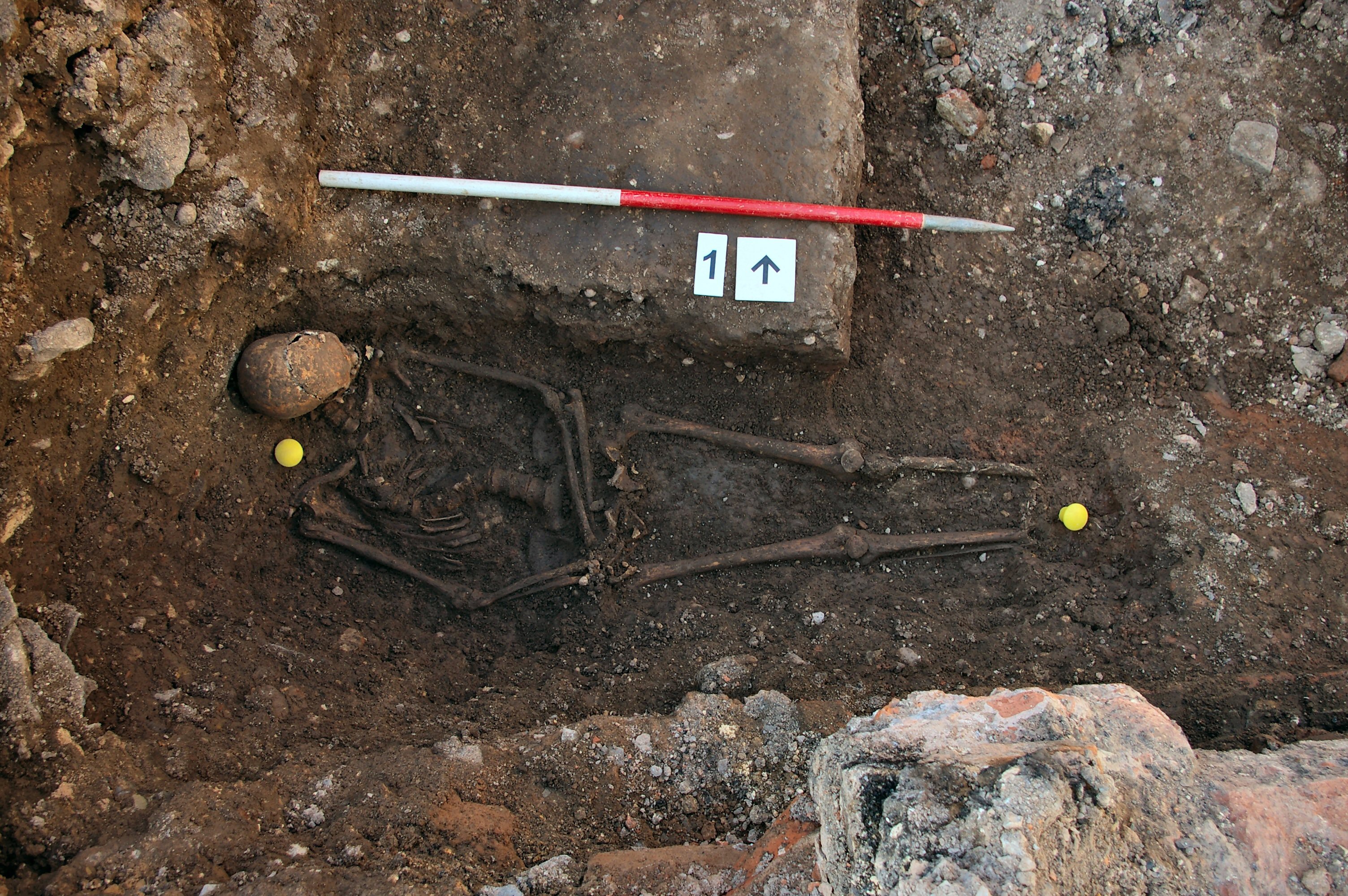King Richard III Spoke with a Lilt, Study Suggests

Modern ears will never hear the true voice of medieval English King Richard III, but a new look at the monarch's own notes suggests he may have had an accent not unlike today's residents of the United Kingdom's West Midlands county.
University of Leicester archaeologists announced Monday (Feb. 4) that a skeleton unearthed beneath a parking lot in Leicester, England, is almost certainly that of the king. The grave had been lost for centuries after the king's death in battle and burial in 1485.
Archaeologists based the identification on battle wounds consistent with historical records of Richard III's death, as well as radiocarbon dating of the skeleton and a DNA analysis linking the bones to two modern descendents of the king.
Richard III's writings
Before he became a historical mystery, however, Richard wrote letters, some of which survive. The first and oldest, dating to 1469, comes from before Richard's reign (he ascended the throne in 1483). In the letter, Richard's secretary requests a loan of 100 pounds from Sir John Say, the chancellor of the Duchy of Lancaster, to help alleviate a disturbance in Yorkshire. To underscore the urgency of the request, Richard put pen to paper himself, writing a two-line addendum begging that Say "fail me not in this time of my great need." [Gallery: The Search for Richard III]
A second letter, written by Richard as monarch in 1483, is addressed to the King's Chancellor. Richard III wrote the letter after learning that the Duke of Buckingham was rebelling against him. He requests the Great Seal, a mold for creating wax seals to attach to official state documents. At the end of the document, which is mostly penned by a secretary, Richard III again adds an urgent personal note, asking the chancellor to come in person and promising to "subdue" the Duke's "malice."
Reconstructing a voice
Get the world’s most fascinating discoveries delivered straight to your inbox.
An analysis of Richard III's grammar and spelling in these notes provides tantalizing hints as to how he spoke, said Philip Shaw, a professor of English at the University of Leicester. At the time, people's spellings reflected their local dialects, Shaw said in a statement.

In a university podcast, Shaw read Richard III's notes in a lilting dialect nearly incomprehensible in places to modern ears.
"You notice words like 'say' and 'pray,' where we have this 'a' sound, which is what we call a dipthong, it's a glide from 'a' to 'e,' so it's a glide from one sound to another," Shaw said. "Richard may have had a pure vowel there, so just 'saa' or 'praa.'"
On the page, Shaw said, the words are easy to pronounce into modern English letters. The challenge is forgetting current pronunciations and thinking about how words would have been said more than 500 years ago, he said.
"It looks to me like he has an accent we probably associate more or less with the West Midlands," Shaw said, referring to a county in west-central England, which contains the city of Birmingham.
Follow Stephanie Pappas on Twitter @sipappas or LiveScience @livescience. We're also on Facebook & Google+.

Stephanie Pappas is a contributing writer for Live Science, covering topics ranging from geoscience to archaeology to the human brain and behavior. She was previously a senior writer for Live Science but is now a freelancer based in Denver, Colorado, and regularly contributes to Scientific American and The Monitor, the monthly magazine of the American Psychological Association. Stephanie received a bachelor's degree in psychology from the University of South Carolina and a graduate certificate in science communication from the University of California, Santa Cruz.
